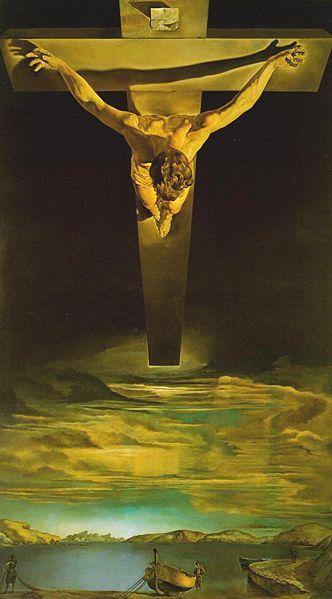Facts About Christ of Saint John of the Cross
Salvador Dalí's 1951 masterpiece, "Christ of Saint John of the Cross" is an evocative painting displayed at the Kelvingrove Art Gallery and Museum in Glasgow. This artwork presents Jesus Christ on the cross in a manner that diverges markedly from traditional depictions. Absent are the nails, blood, and crown of thorns typically associated with the crucifixion. Instead, Dalí sets the scene against a dark sky above water, with a boat and fishermen placed below.
Dalí's inspiration for the painting stemmed from a vivid dream, which emphasized the dramatic, unconventional angle featured in the artwork. The design draws from a drawing by John of the Cross, a 16th-century Spanish friar. Dalí incorporated a triangle and circle into the composition to symbolize the Trinity and unity, adding layers of meaning to the piece.
The painting has an intriguing backstory. When Glasgow Corporation acquired it in 1952, the decision provoked controversy. However, this led to an unexpected friendship between Dalí and the museum director. The painting was first exhibited that same year and has since received both criticism and praise for its unconventional portrayal of the crucifixion.
Despite the mixed reviews, "Christ of Saint John of the Cross" has secured its place as a significant work in Dalí's oeuvre. It is now regarded as a powerful 20th-century representation of the crucifixion, with its unique perspective and thoughtful composition offering a fresh and impactful interpretation of the suffering of Christ.

 Ireland
Ireland